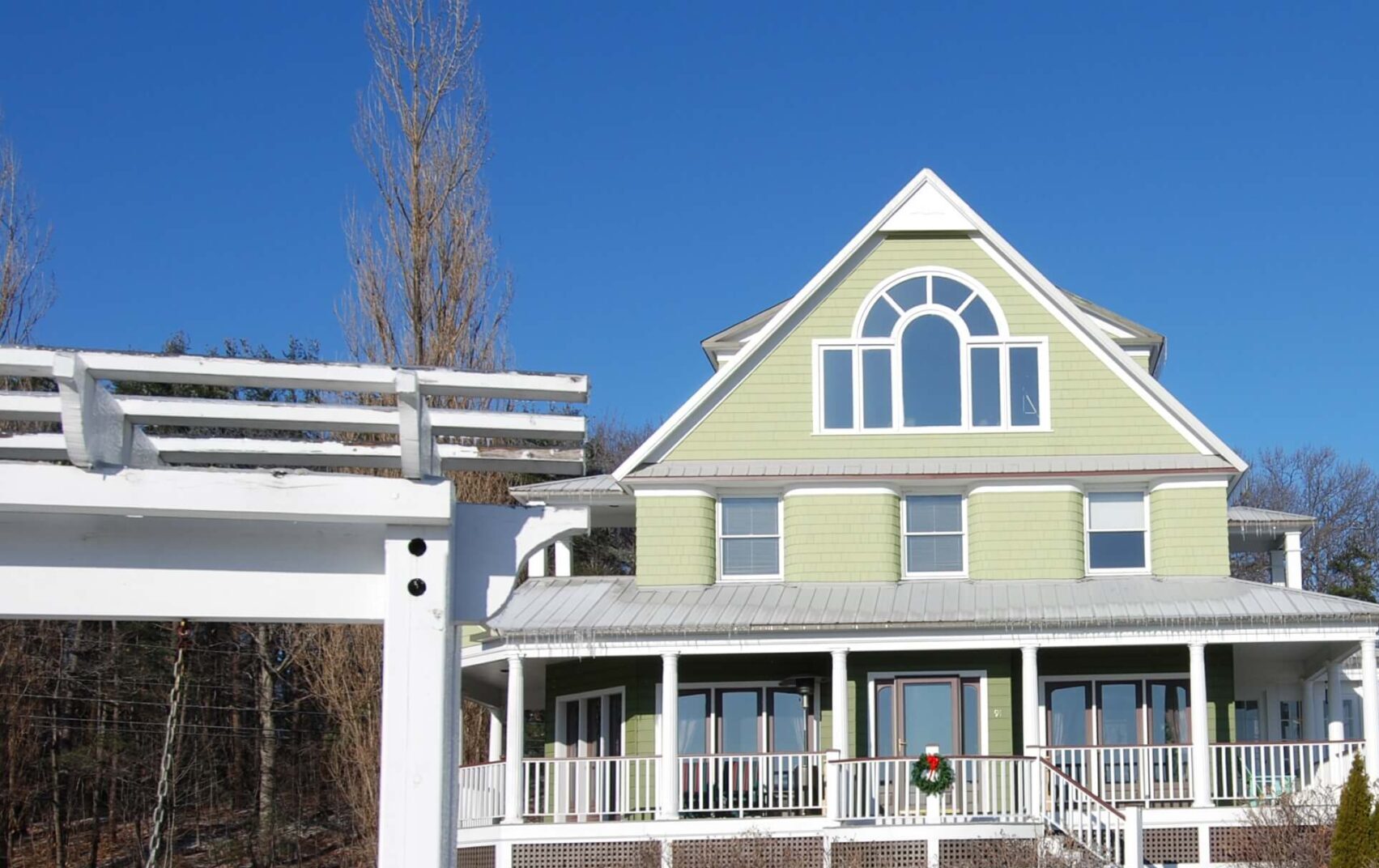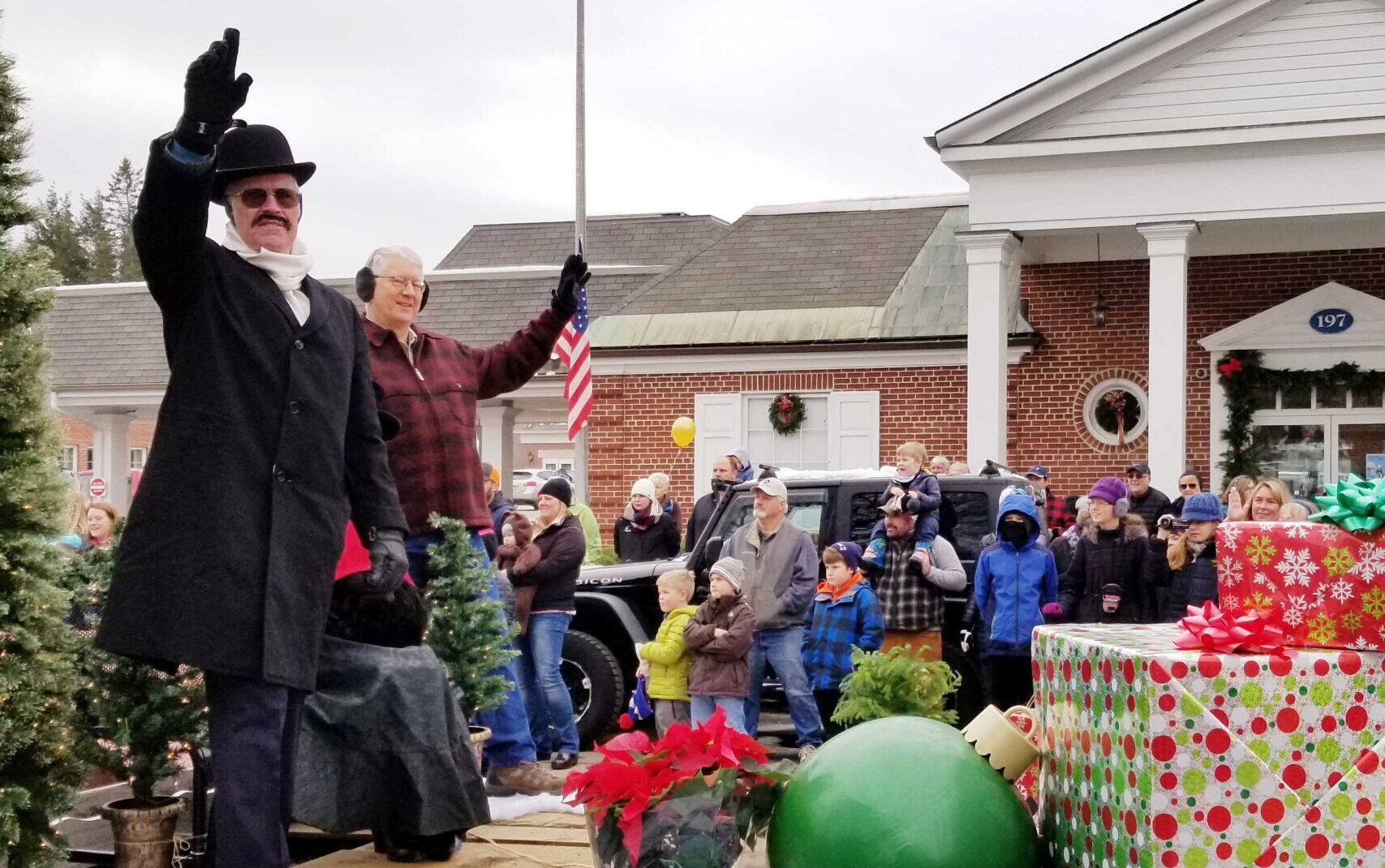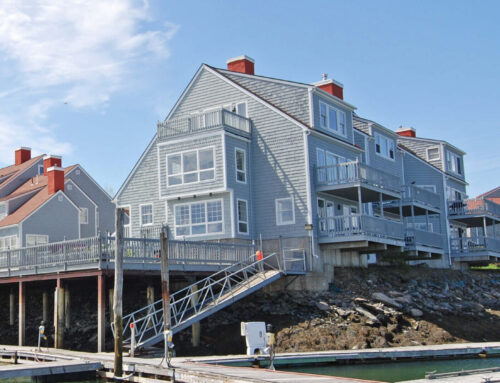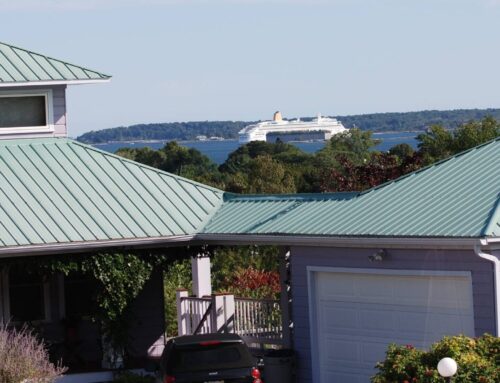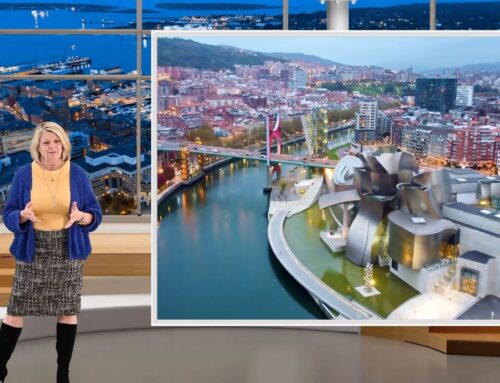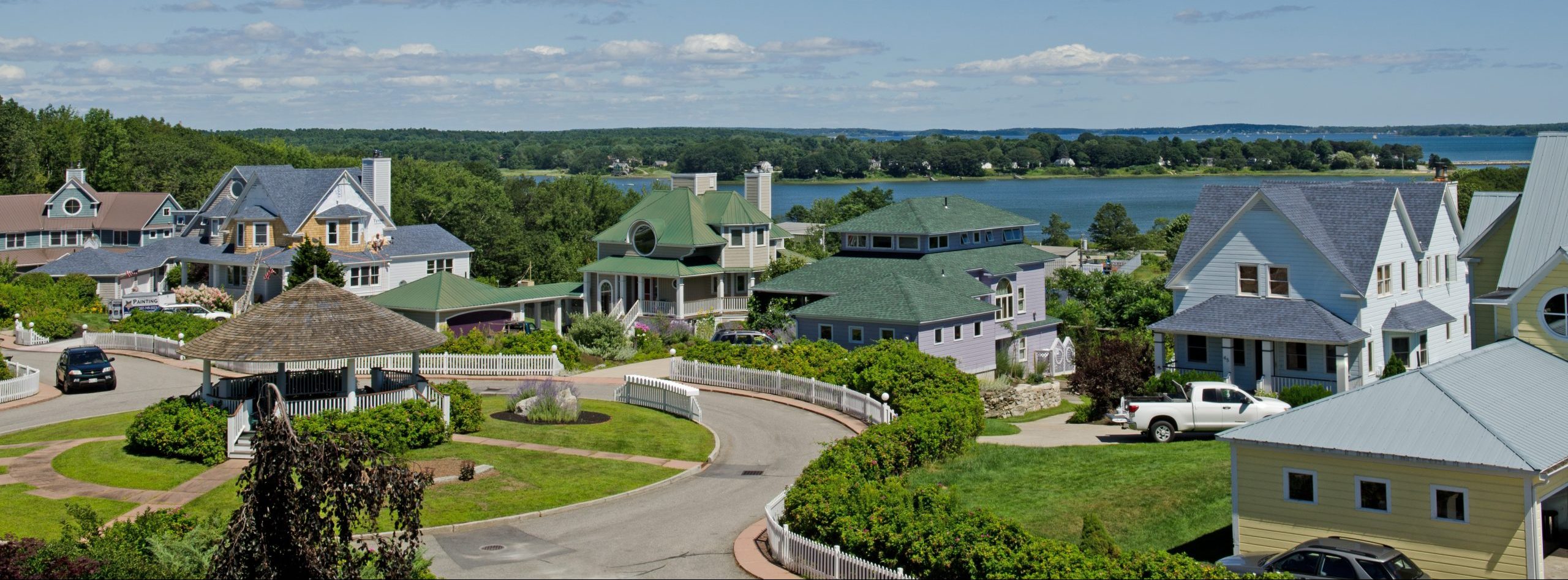By most accounts, development and growth in the city of Portland is strong. As of the first quarter of 2016, downtown Class A office vacancies were at 4.52% – the lowest in years; retail vacancies were at 3.6% compared to 12.6% nationally. Additionally, 1,134 new apartments are in the pipeline, with 269 currently under construction.

New projects underway include an 8-story, 139 unit apartment complex on the site of the former Joe’s Smoke Shop on Congress St; a 53 apartment project in East Bayside at 89 Anderson St; a 55 unit project at 117 Preble St and a 63 unit project at 101 York St.
On top of this will be the Miami-based Federated Cos.’ long-delayed mixed-use Midtown project with 450 market rate apartment units, which was reported to be back on track just last week as an important parcel of land (a long strip running along Somerset St between Pearl and Elm and parallel to Marginal Way) was sold by the city to Federated for $2.3 million.
And it certainly doesn’t hurt that Portland regularly gets mentioned in national “top city” rankings for its abundance of award-winning restaurants, as a great place to raise a family and for having a lively arts scene that’s appealing to empty nesters and millennials.
Yet despite all this positive news, change in Portland can still be a struggle. It was less than a year ago that a city-wide referendum nearly derailed the proposed redevelopment of the historic Portland Co. complex at 58 Fore Street. Although the effort failed, it clearly provided ample evidence that Portland is experiencing some growing pains as architects, developers, municipal officials and residents struggle to find common ground on the city’s growth challenges and potential solutions.
A Balancing Act
At its annual meeting earlier this year, the Portland Society of Architecture invited world-renowned Boston-based architect Moshe Safdie to deliver the keynote address to the public portion of its meeting.
In an engaging slide lecture featuring a number of case studies from his wide-ranging portfolio of completed projects, Safdie told the audience at the Portland Museum of Art that questions about density, the relationship between old and new and the traditional conflict between the “market knows best” notion of development and the community’s efforts to guide that growth through zoning regulations are all vitally important.
“I want my buildings to take root and look as if they’ve always been there,” he says, explaining in his writings that the challenge is to find a way “to blend the future and the past.”
It boils down to “fitness,” which Safdie says relates to the way all forms in nature strive to achieve a perfect fulfillment of their intended function. It’s no different, he says, for architects, developers and planners responding to the changing needs of a community. Safdie says Portland’s challenge going forward will be to create buildings that “resonate” both culturally and spatially to its “essential” needs and qualities.
Moving to Maine?


